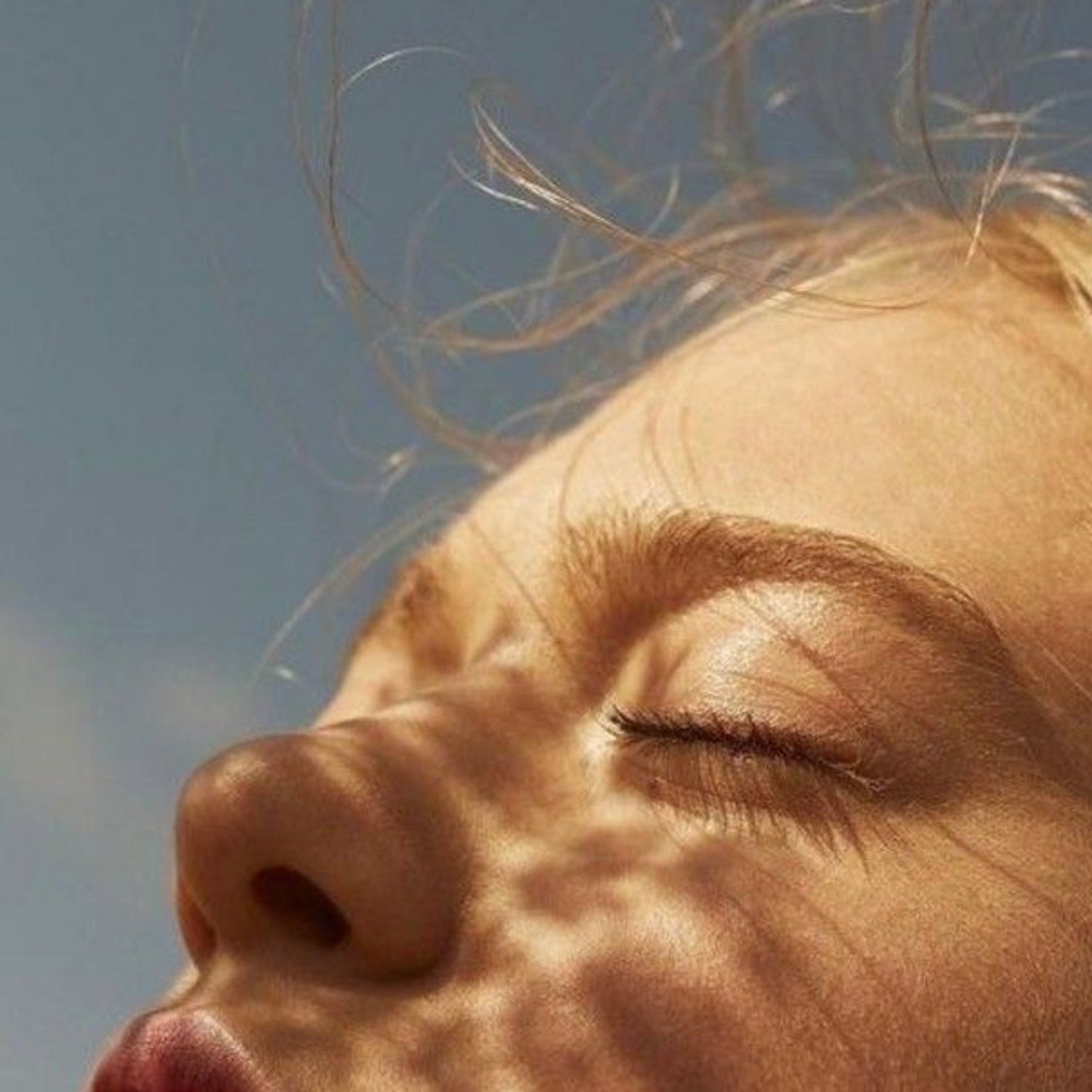 Pranayama, the art of breath control in yoga, is a key tool for relaxation and stress relief. This article delves into the transformative power of pranayama, exploring its benefits, various techniques, and how to incorporate them into daily life for enhanced relaxation and well-being.
Understanding Pranayama
Pranayama is more than just breathing; it's a methodical practice that harnesses the breath to influence the flow of energy in the body. It’s an integral part of yoga that helps in harmonizing the body and mind.
The Link Between Breath and Relaxation
Breathing deeply and rhythmically signals the body to relax. It activates the parasympathetic nervous system, reducing stress and promoting a state of calm.
Simple Pranayama Techniques for Beginners
Begin with simple techniques like Diaphragmatic Breathing, Ujjayi Breath (Ocean Breath), and Nadi Shodhana (Alternate Nostril Breathing). These practices are easy to learn and highly effective for relaxation.
The Role of Mindfulness in Pranayama
Mindful breathing, where attention is fully focused on the breath, enhances the relaxation benefits of pranayama. It encourages a meditative state, reducing mental chatter and anxiety.
Pranayama for Deep Relaxation
Techniques like Sama Vritti (Equal Breathing) or Bhramari (Bee Breath) are particularly effective for deep relaxation. They help to quiet the mind and induce a deep sense of inner peace.
Incorporating Pranayama into Daily Life
Pranayama can be practiced at any time, making it a convenient tool for stress management. Incorporating short sessions throughout the day can help maintain a calm and relaxed state.
Advanced Pranayama Techniques
As you progress, explore more advanced techniques like Kapalabhati (Skull Shining Breath) or Anulom Vilom (Advanced Alternate Nostril Breathing), which have deeper relaxation and meditative effects.
The Therapeutic Effects of Pranayama
Beyond relaxation, pranayama can have therapeutic effects, aiding in the management of conditions like anxiety, depression, and insomnia.
Safety and Precautions
While pranayama is generally safe, it’s important to practice with proper technique and awareness. Certain techniques may not be suitable for everyone, especially those with respiratory issues or pregnant women.
The Long-term Benefits of Regular Practice
Consistent practice of pranayama can lead to long-term benefits, including enhanced mental clarity, improved respiratory efficiency, and a sustained sense of tranquility.
Pranayama is a powerful tool for relaxation and stress relief. By learning and practicing various breathing techniques, you can harness the power of your breath to bring about a profound sense of relaxation and well-being.
In summary, pranayama offers a simple yet powerful means to achieve relaxation and balance in daily life. Whether you are new to yoga or an experienced practitioner, integrating pranayama into your routine can provide lasting benefits for both mind and body.
|











